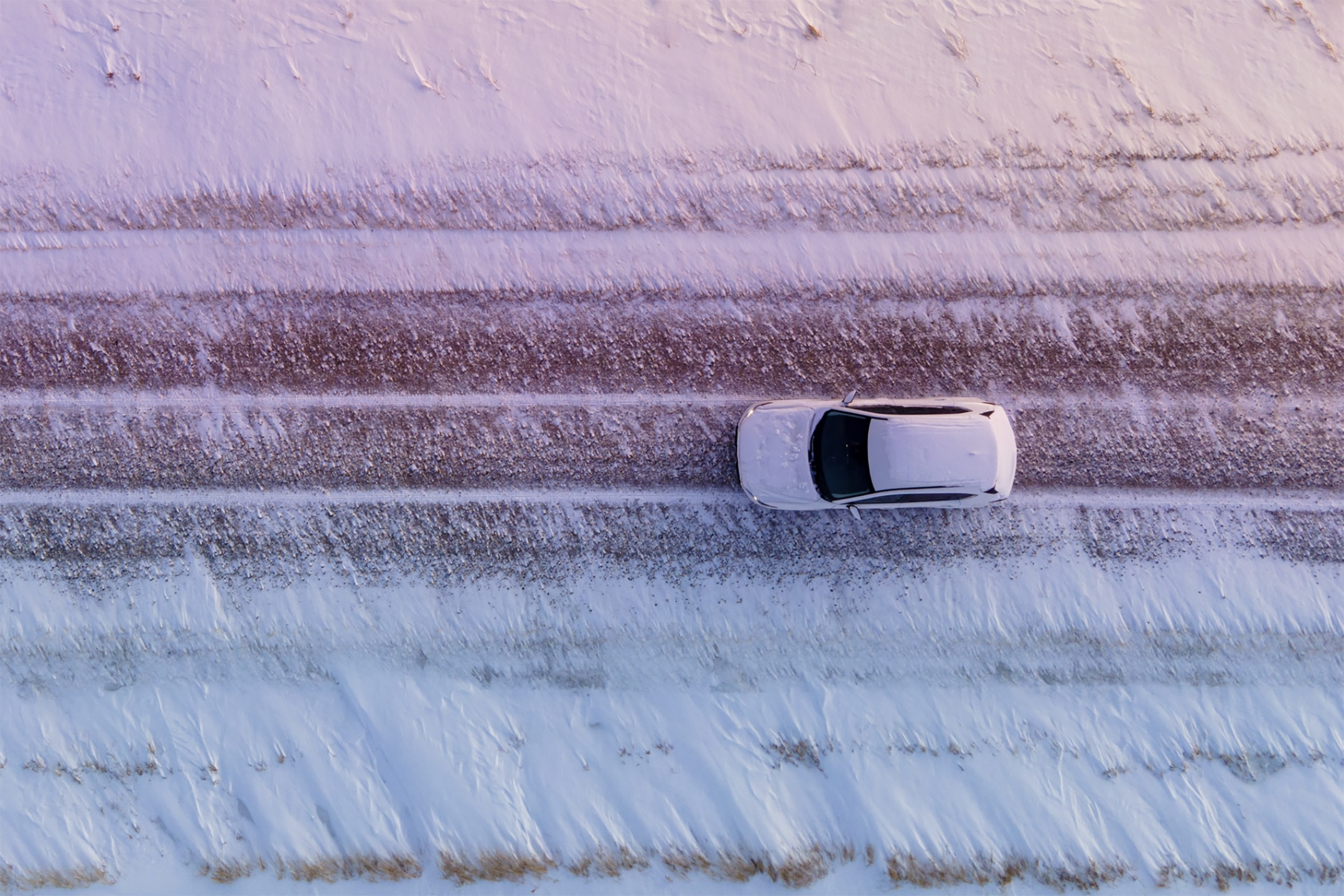WELLINGTON COUNTY – As the chill of winter approaches, residents of Southern Ontario are gearing up for the inevitable snow and ice that can make driving treacherous.
Proper winter car maintenance and essential gear are critical to staying safe on the road during the colder months. Whether you’re an experienced winter driver or new to the region, there are several things you can do to help you prepare for winter driving conditions.
Roy Loveless, owner of Roy’s Towing, has been working in the automotive sector his entire life and has been operating his Fergus towing company since 2008.
Loveless’ number one piece of advice when it comes to driving during the win- ter months is to use common sense.
“Everybody knows the storm’s coming,” he said.
“It’s all over the news and all over the radio. Storms usually start at two or three o’clock in the afternoon – generally not in the morning unless they started the night before. When you see the dark skies coming in, leave work and get home early.”
“Just get home before it starts. The more congestion of traffic there is on the roads, the worse it gets. The number one priority is to plan to get ahead of it.”
Having essential gear in your vehicle can mean the difference between being inconvenienced and being in
a dangerous situation. Safety should always be a top priority when you’re on the road during the winter months.
Loveless recommends first and foremost to have a fully charged cell phone for the times driving during a storm can’t be avoided.
“Always try to keep your phone charged because if your car goes in the ditch and you can’t start it, or you break down and you have no power to charge your phone, you’re a sitting duck,” he said.
“Your car battery is also very important – that’s what starts your car. If you have a weak battery, you need to get it fixed right away.”
According to Loveless, car batteries are generally only good for a few years and replacing them doesn’t necessarily require a mechanic.
“It’s nice to bring it to a mechanic so they can run other diagnostics… and a lot of vehicles need a battery reset now, but if you’ve got a weak battery, you might as well stay at home,” he said.
“If you stall out in a storm, you’re not getting restarted and the second the cold snap hits and the wind starts blowing on the front of the vehicle, you’re done.”
Loveless estimated his operation replaces 40 – 60 batteries per year, averaging around $100 to $300 depending on the make and model of the vehicle and the type of battery required.
“If we need to come to your house more than once to do a boost, we might as well tow you to our shop to put a battery in, so you’re not spending the money over and over again.”
Second on his list of must-have items is having a warm blanket, extra clothing, or both in case the vehicle runs out of fuel and is stuck for an extended period.
“Keeping warm is your number one priority, because otherwise you’re going to freeze and will be calling the OPP for help. Then we’re forced to go out and find you. You become a priority and now my life is at risk to go get you,” Loveless said.
“The other thing that can help is a sealed five litre can of fuel in the car. A lot of people that we rescue from ditches after running out of gas are because they’ve been sitting there idling and started out with less than a quarter tank of fuel.”
Flat tires are often a problem as well and Loveless encourages drivers to make sure they have their key for vehicles with wheel locks.
“Whether the mechanic put it somewhere or they’ve taken it out to store with their summer tires, when we
arrive at a vehicle with a flat at the side of the road and there’s no key, we have to tow [the vehicle] instead of just switching the tire out,” he said.
Having the right tires is also crucial to safe driving in snow and ice. Winter tires are designed to perform in cold temperatures and ensure grip and braking on snow and ice packed roads.
“Put your snow tires on early so you don’t end up getting caught without them. Winter tires make a big difference. They’re made up of a rubber compound that’s meant for cold seasons and have better traction,” Loveless added.
He also noted it’s important to make sure tires are inflated correctly as cold temperatures can affect tire pressure, and that they are installed properly.




